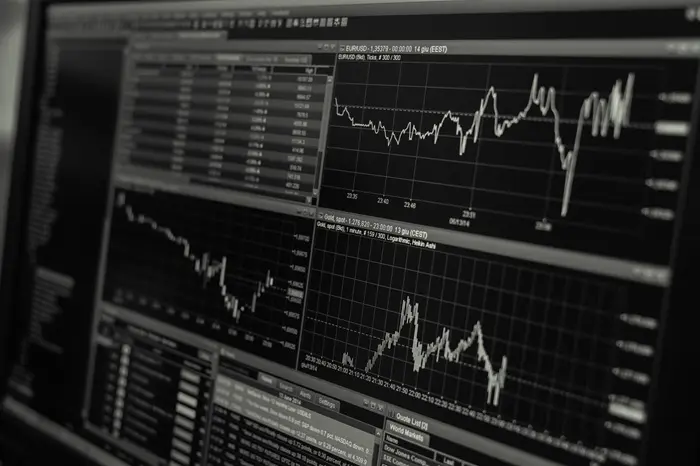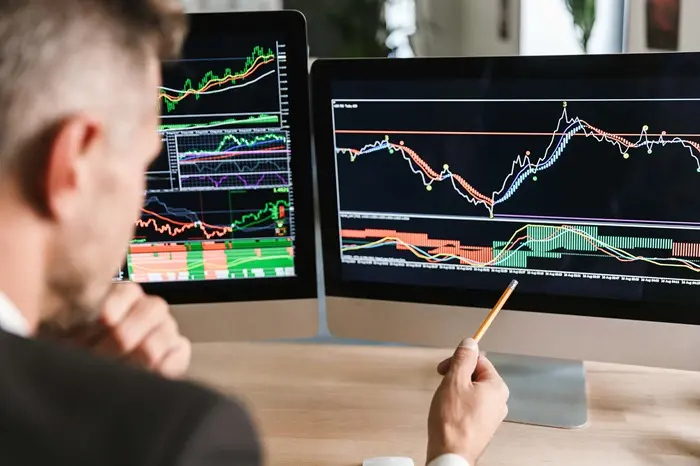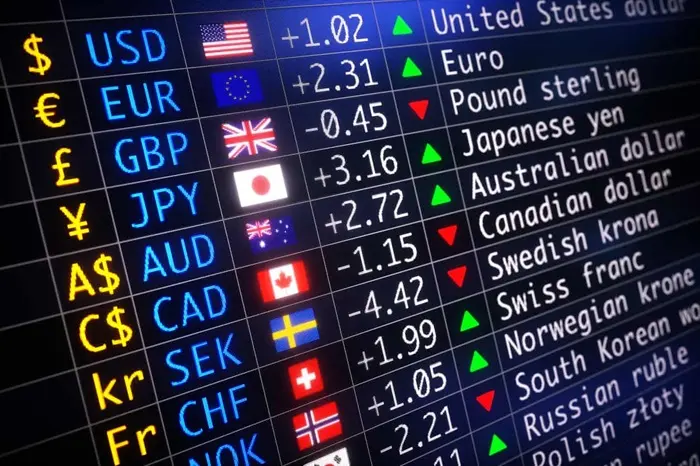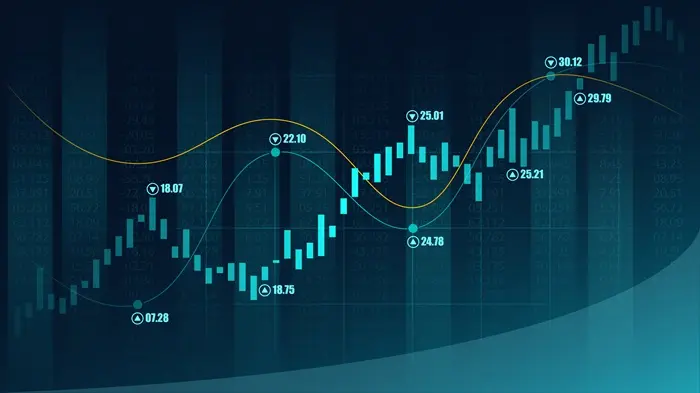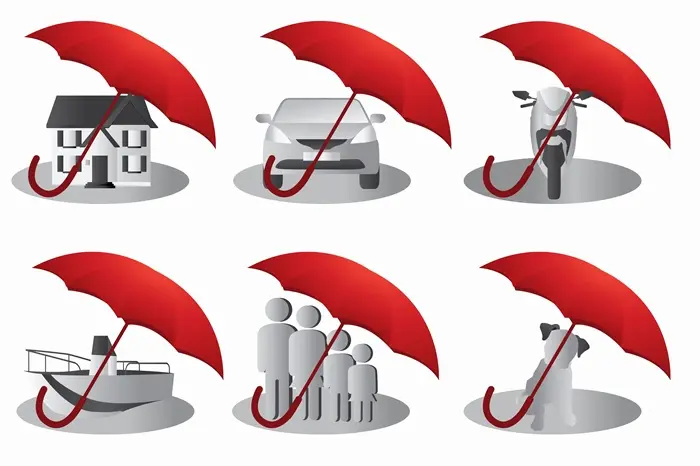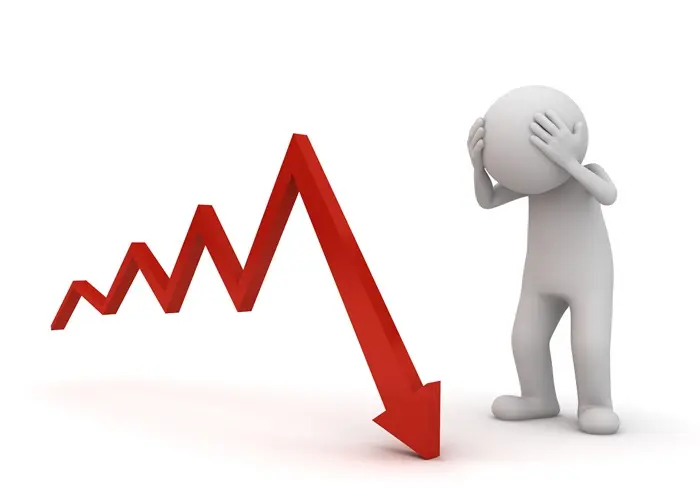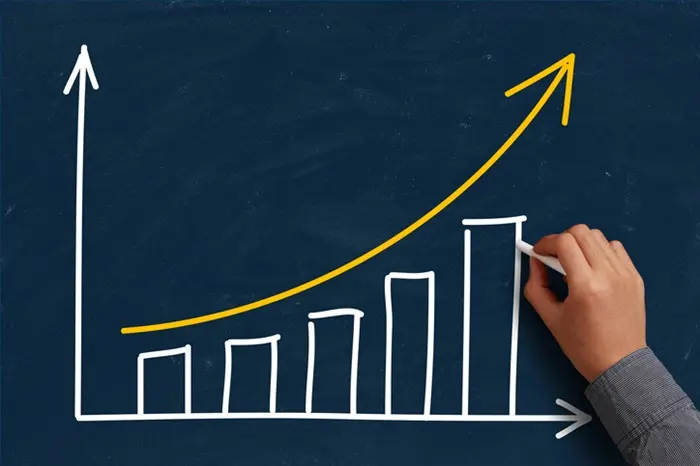Forex trading is one of the most exciting and dynamic financial markets globally. With trillions of dollars exchanged daily, the forex market offers opportunities for investors and traders to profit from the fluctuations in currency values. However, for beginners, navigating the forex market can be overwhelming. One crucial concept that every forex trader must understand is “lot size.”
In this article, we will explore what a lot is in forex, how much 1 lot is worth, and the significance of lot size in trading. We will also discuss the different types of lots in forex trading, how they impact your trading strategy, and how to manage lot size effectively. Understanding lot size is essential for managing risk and determining the potential profit or loss on each trade.
What is a Lot in Forex?
Definition of a Lot
In forex, a “lot” refers to the standardized unit of measurement for a currency trade. It represents the amount of the base currency being traded in a currency pair. The term “lot” is used to determine how much of a particular currency you are buying or selling when placing an order.
Lot size is crucial because it directly influences the potential profit or loss of a trade. The larger the lot size, the higher the potential profit, but the risk is also greater. Conversely, trading with smaller lots means lower potential gains but also lower risk.
Standard Lot, Mini Lot, and Micro Lot
In forex, there are typically three types of lots that traders can trade: standard lots, mini lots, and micro lots. Each type of lot has a different size, and understanding the difference is essential for choosing the right trading strategy. Let’s break down each of these:
Standard Lot: A standard lot represents 100,000 units of the base currency in a currency pair. This is the largest size of a lot, and it is used by more experienced traders or those with larger amounts of capital.
Mini Lot: A mini lot represents 10,000 units of the base currency. This is a smaller lot size and is more suitable for beginners or traders with less capital to risk.
Micro Lot: A micro lot represents 1,000 units of the base currency. This is the smallest lot size and is ideal for beginners who want to trade with a small amount of capital and practice their strategies with minimal risk.
How Much is 1 Lot in Forex?
Understanding 1 Standard Lot
A 1 standard lot in forex represents 100,000 units of the base currency. For example, if you are trading the EUR/USD pair, a 1 standard lot trade would mean buying or selling 100,000 euros.
The value of a 1 lot trade varies depending on the currency pair being traded. For example, if you trade the EUR/USD pair and the exchange rate is 1.1500, this means that 1 euro is equal to 1.1500 US dollars. Therefore, the value of 1 lot of EUR/USD in terms of USD would be:
1 lot of EUR/USD = 100,000 x 1.1500 = 115,000 USD
If you were trading the USD/JPY pair, the value of 1 lot would differ. For example, if the exchange rate for USD/JPY is 110.00, then:
1 lot of USD/JPY = 100,000 x 110.00 = 11,000,000 JPY
Thus, the amount of money required to trade a 1 lot position depends on the currency pair’s exchange rate and the type of currency being traded.
Understanding 1 Mini Lot
A mini lot represents 10,000 units of the base currency. Using the same EUR/USD example, if the exchange rate is 1.1500, the value of 1 mini lot would be:
1 mini lot of EUR/USD = 10,000 x 1.1500 = 11,500 USD
For the USD/JPY pair with an exchange rate of 110.00, the value of 1 mini lot would be:
1 mini lot of USD/JPY = 10,000 x 110.00 = 1,100,000 JPY
This smaller lot size is generally preferred by traders who have a smaller trading account or those who want to take smaller risks compared to trading with a standard lot.
Understanding 1 Micro Lot
A micro lot represents 1,000 units of the base currency. This is the smallest lot size in forex and is suitable for beginners or traders who are still learning the basics of trading. For instance, if the EUR/USD exchange rate is 1.1500, the value of 1 micro lot would be:
1 micro lot of EUR/USD = 1,000 x 1.1500 = 1,150 USD
In the case of the USD/JPY pair, the value of 1 micro lot would be:
1 micro lot of USD/JPY = 1,000 x 110.00 = 110,000 JPY
Traders using micro lots can take positions with smaller risk exposure, making them an excellent choice for beginners who want to trade with smaller amounts of capital.
How Lot Size Affects Risk and Profit
Impact of Lot Size on Profit
The lot size directly impacts the potential profit or loss of a trade. The larger the lot size, the greater the potential profit, but it also increases the level of risk. Conversely, trading with a smaller lot size reduces both the potential profit and the risk.
For example, if you buy 1 standard lot (100,000 units) of EUR/USD at an exchange rate of 1.1500, and the price moves in your favor by 100 pips (0.0100), your profit would be:
Profit = 100 pips x $10 (pip value for standard lot) = $1,000
However, if you were trading a mini lot (10,000 units) and the price moved 100 pips, your profit would be:
Profit = 100 pips x $1 (pip value for mini lot) = $100
With a micro lot, the same price movement of 100 pips would result in:
Profit = 100 pips x $0.10 (pip value for micro lot) = $10
This example demonstrates how the size of the lot determines how much profit you can make from a price movement. Larger lot sizes yield larger profits, but they also increase the potential risk if the market moves against you.
Impact of Lot Size on Risk
In the same way that larger lot sizes increase potential profit, they also increase the level of risk. A trader who uses a standard lot risks more capital than a trader who uses a mini lot or micro lot.
For example, if you open a position with a standard lot of EUR/USD and the price moves against you by 100 pips, your loss would be:
Loss = 100 pips x $10 (pip value for standard lot) = $1,000
In comparison, with a mini lot, the same price movement would result in a loss of:
Loss = 100 pips x $1 (pip value for mini lot) = $100
Using micro lots reduces the risk even further:
Loss = 100 pips x $0.10 (pip value for micro lot) = $10
This demonstrates how important it is to adjust your lot size according to your risk tolerance and trading strategy. Traders who wish to take on larger positions may do so with larger lot sizes, but they should be aware of the increased risk associated with such trades.
Choosing the Right Lot Size for Your Trading Strategy
Factors to Consider When Choosing Lot Size
Account Size: The size of your trading account will dictate the maximum lot size you can trade. A larger account allows for trading with larger lot sizes, while smaller accounts require smaller lot sizes to maintain proper risk management.
Risk Tolerance: Your risk tolerance plays a major role in determining the appropriate lot size. Traders who are risk-averse may prefer smaller lot sizes (mini or micro lots) to limit their exposure. Risk-seeking traders may opt for larger positions to maximize potential profits.
Market Volatility: In volatile market conditions, smaller lot sizes may be preferable to reduce the risk of larger-than-expected losses. During stable market conditions, traders may use larger lot sizes to capture larger price movements.
Trade Duration: For short-term trades (scalping), smaller lot sizes are often used to manage risk. Long-term traders may use larger lot sizes as they aim to capture bigger price moves over time.
Leverage: Leverage allows traders to control larger positions with smaller amounts of capital. Traders who use higher leverage may opt for larger lot sizes, but they must be cautious as this also increases the risk.
Conclusion
In forex trading, understanding the concept of lot size is essential for both risk management and profit potential. A lot represents a standardized unit of currency that is bought or sold in the market. The three main types of lots—standard lots, mini lots, and micro lots—allow traders to choose the appropriate size based on their capital, risk tolerance, and trading strategy.
A 1 standard lot in forex represents 100,000 units of the base currency, while mini and micro lots represent 10,000 and 1,000 units, respectively. The value of a lot is influenced by the exchange rate of the currency pair being traded. Additionally, the lot size directly impacts the potential profit or loss of a trade, with larger lot sizes offering the potential for higher profits and higher risks.
Understanding how to choose the right lot size based on your trading goals and risk appetite is crucial for success in forex trading. By selecting the appropriate lot size and practicing good risk management, you can navigate the forex market with more confidence and increase your chances of long-term profitability.
Related topics:



